- News
- Reviews
- Bikes
- Accessories
- Accessories - misc
- Computer mounts
- Bags
- Bar ends
- Bike bags & cases
- Bottle cages
- Bottles
- Cameras
- Car racks
- Child seats
- Computers
- Glasses
- GPS units
- Helmets
- Lights - front
- Lights - rear
- Lights - sets
- Locks
- Mirrors
- Mudguards
- Racks
- Pumps & CO2 inflators
- Puncture kits
- Reflectives
- Smart watches
- Stands and racks
- Trailers
- Clothing
- Components
- Bar tape & grips
- Bottom brackets
- Brake & gear cables
- Brake & STI levers
- Brake pads & spares
- Brakes
- Cassettes & freewheels
- Chains
- Chainsets & chainrings
- Derailleurs - front
- Derailleurs - rear
- Forks
- Gear levers & shifters
- Groupsets
- Handlebars & extensions
- Headsets
- Hubs
- Inner tubes
- Pedals
- Quick releases & skewers
- Saddles
- Seatposts
- Stems
- Wheels
- Tyres
- Health, fitness and nutrition
- Tools and workshop
- Miscellaneous
- Cross country mountain bikes
- Tubeless valves
- Buyers Guides
- Features
- Forum
- Recommends
- Podcast
feature
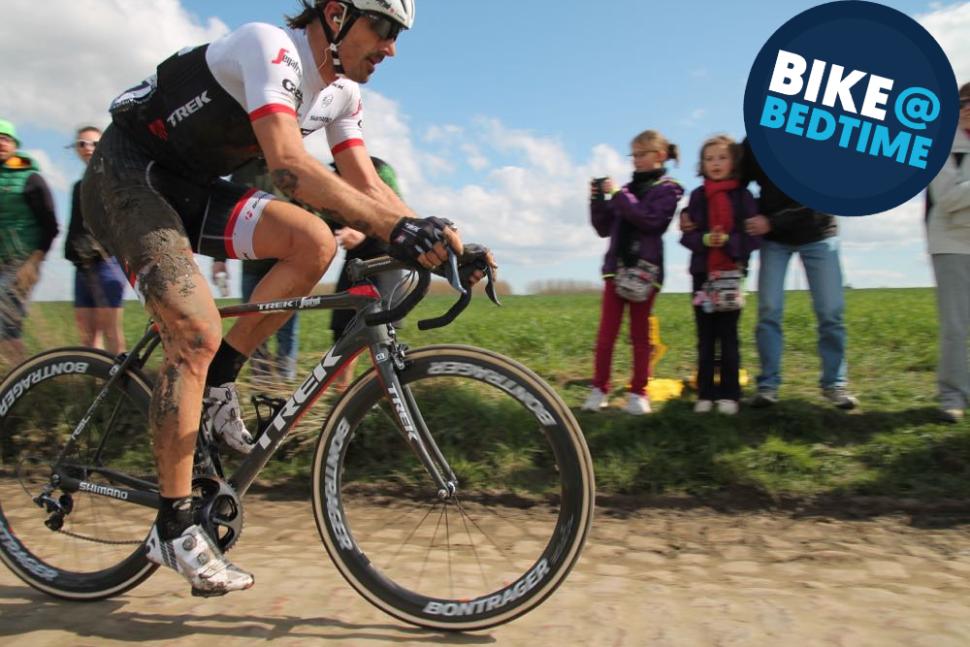 pr2016-race-1-10
pr2016-race-1-10Classics special: check out Fabian Cancellara’s 2016 Trek Domane SLR
It’s Strade Bianche this weekend, so tonight we’re looking back at one of the bikes raced by the most successful Classics riders of modern times, Fabian Cancellara. This is the Trek Domane that Spartacus rode for Paris-Roubaix in 2016, his final year of racing. He might not have won the Hell of the North that year (he won it on three previous occasions), but he did take his third Strade Bianche win on the brand new (at the time) Trek Domane SLR.
> New Trek Domane breaks cover at Strade Bianche
Trek officially launched the 2016 Domane SLR just before Paris-Roubaix 2016, although Cancellara had already been riding it for ages, having been involved in its development prior to racing.
The bike featured a new adjustable rear IsoSpeed decoupler that, Trek said, allowed you to dial in the level of compliance: the amount the seat tube – and therefore the saddle – would move to smooth over bumps in the road and reduce vibration. Trek said you could have the same level of stiffness as its Madone road bike, or 14% more compliance than the previous-generation Domane.
The bike featured a two-part seat tube, the different sections connected via the IsoSpeed decoupler with a lower bolted joint. A slider adjusted the space between the two halves of the tube, allowing the seat mast to deflect rearwards.
Adjustment was simple enough; a single bolt needed to be loosened to adjust a slider. While most members of the Trek Segafredo team had the slider set to the lowest, maximum deflection setting, Cancellara took the middle ground.
This iteration of the Domane SLR also featured front IsoSpeed – a decoupler that allowed the steerer tube to move back and forth, resulting in a claimed 10% increase in vertical compliance.
Modern Trek Domanes don’t have front IsoSpeed and the rear design isn’t adjustable, although today's models are considerably lighter.
> Trek launches new, lighter Domane endurance road bike and ditches front IsoSpeed system
Cancellara preferred Shimano’s mechanical Dura-Ace to the electronic Di2 components that most of the peloton, including his teammates, were using. Old school! Some riders stuck with mechanical shifting because they preferred the lever feel. It was harder to shift accidentally in the wrong direction, especially over the cobbles when normal riding goes out the window.
Cancellara went with a 53t outer chainring and a 44t inner ring for the mostly flat Paris-Roubaix course. Oh, and rim brakes were the order of the day, naturally.
A 1.86m-tall rider, Cancellara liked a wide handlebar – in this case, a 44cm aluminium Bontrager bar. He liked a long reach, too, with a 140mm Bontrager carbon stem with one spacer above and below. The Domane SLR that Cancellara rode was built to a Pro Endurance Geometry, which meant a shorter head tube than standard Domane bikes, along with a longer wheelbase.
Cancellara’s saddle preference was a Bontrager Team Issue – a classic shape, with generous padding.
Like most of Cancellara’s Treks, this Domane SLR had a special paint job. You get that kind of thing when you’re a cycling superstar. The main feature of this one was a top tube decorated with the details of his numerous Paris-Roubaix wins and podium finishes, and a textured finish, representing the cobbles.
Most riders in the race were using 27mm, 28mm or 30mm tyres. Cancellara and the entire Trek Segafredo team rolled on Bontrager Aeolus 5 wheels, all fitted with 27mm FMB tubulars.
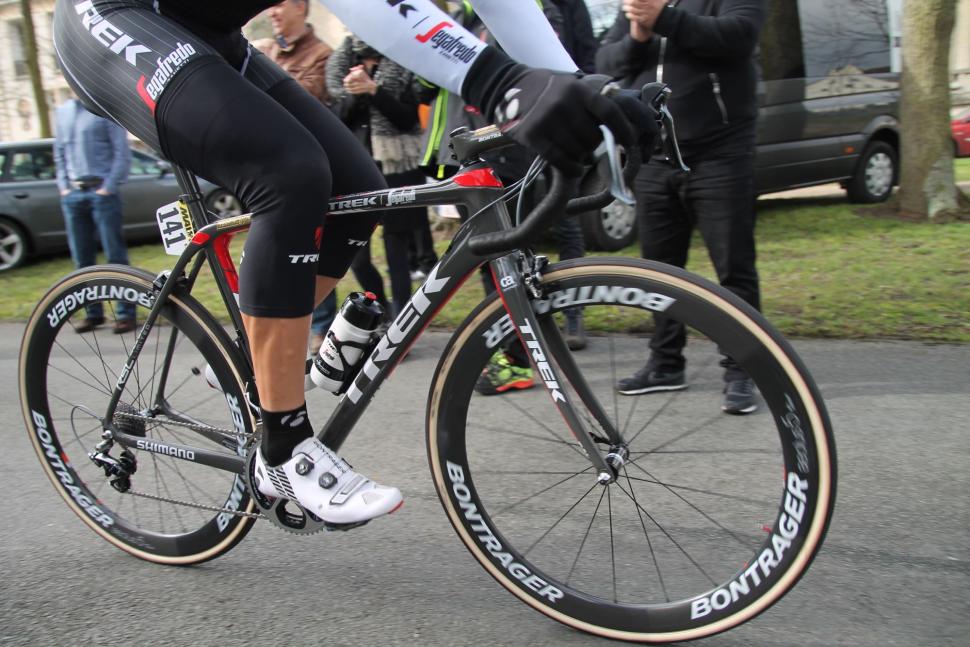

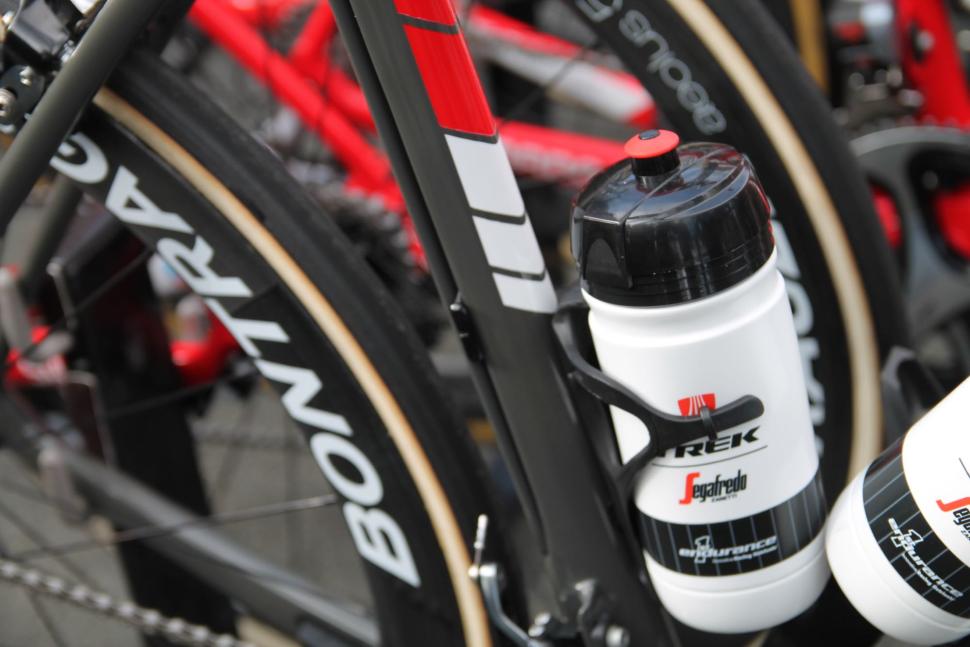
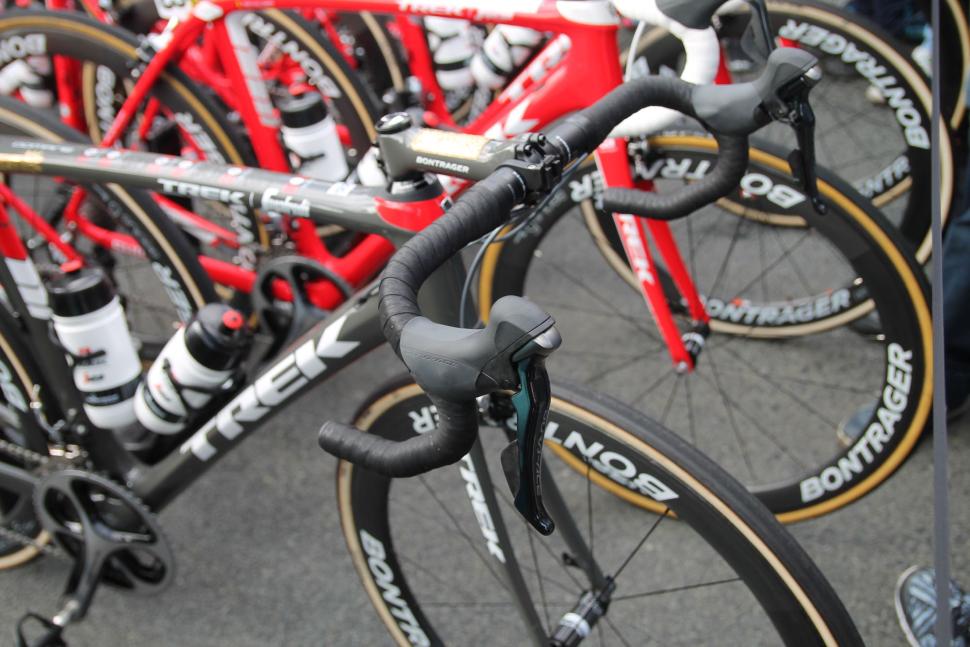
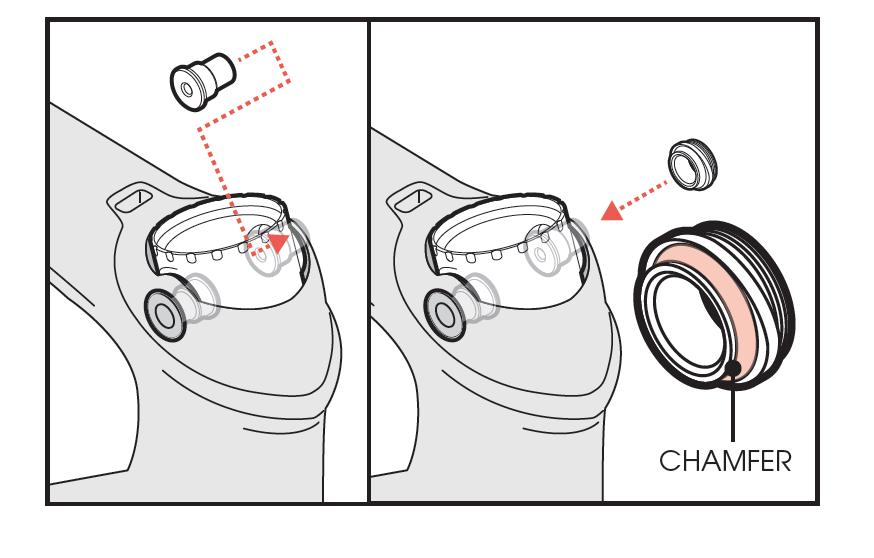
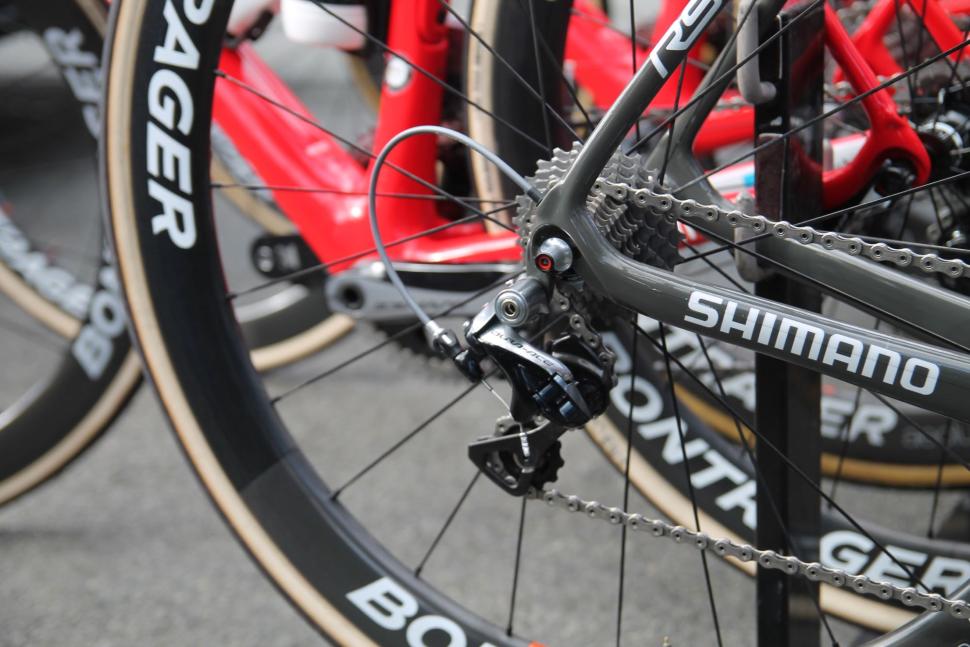
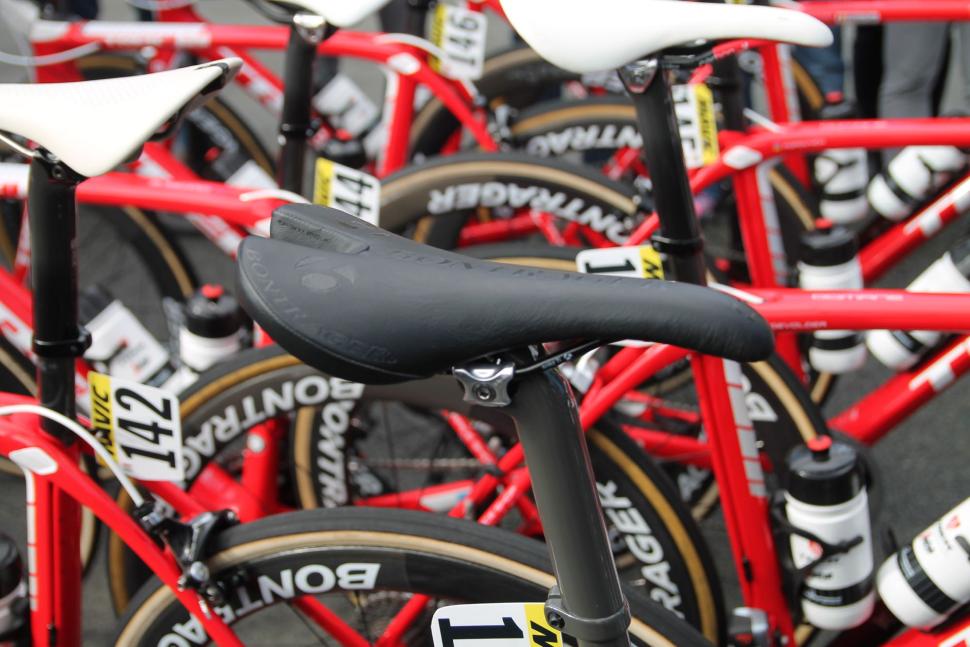
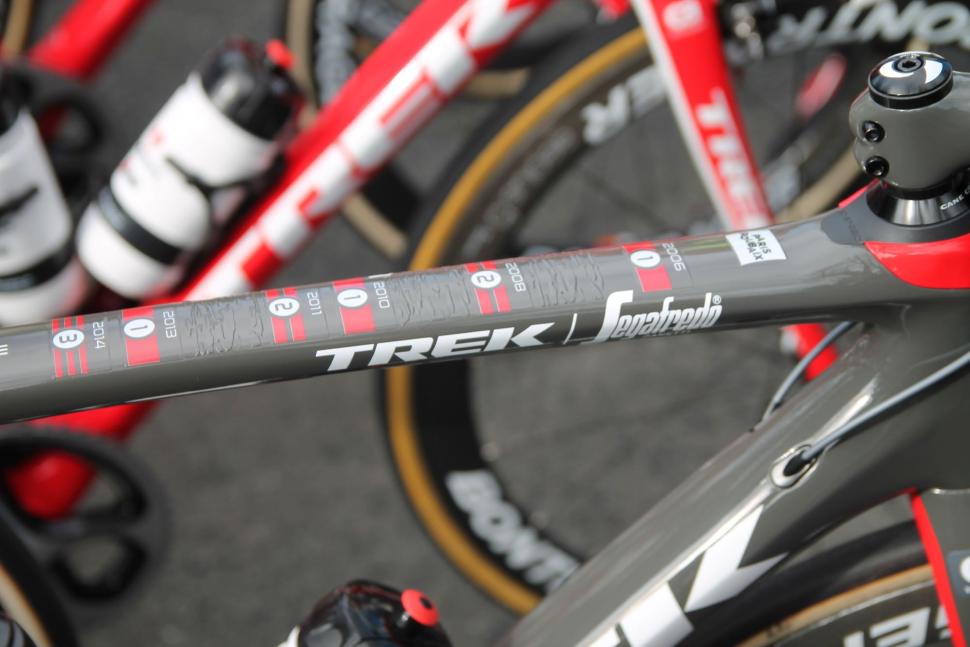
A bit of a waste of time when most people cannot or will not pay to watch cycling on TNT. How are these young cyclists going to be inspired?
So it's cheaper to pay monthly at £4.99 rather than once at £59.99?
- because in fact cyclists have been prosecuted and convicted as above, so really he's talking nonsense (or at least needs to present some...
I for one like your contribution. I mean, it's good to know that Tory ex-Home Secretaries are busy spewing bile into their keyboards at home, not...
A smidge of £8.5K. Seriously. Someone needs to have a strong coffee.
Business model innit? When they brought in hire bikes in our town, they approached the bike shop I was then running to so the maintence. It was...
Nice, tyre clearance AND 2x AND non-boring paint jobs, a good alternative to Giant Revolt/ Canyon Grizl....
For the first time, the Norwegian government has calculated the value to society of the health benefits of increased walking and cycling. ...
I managed to do 12 200k's over 12 months , but unfortunately didn't read the rulles, two were in the same month and I missed a month..................
Toddle off cynic. A great man posting about extremely awful things and you chose to say that? The UCI needs clinical experts like you ... toddle...